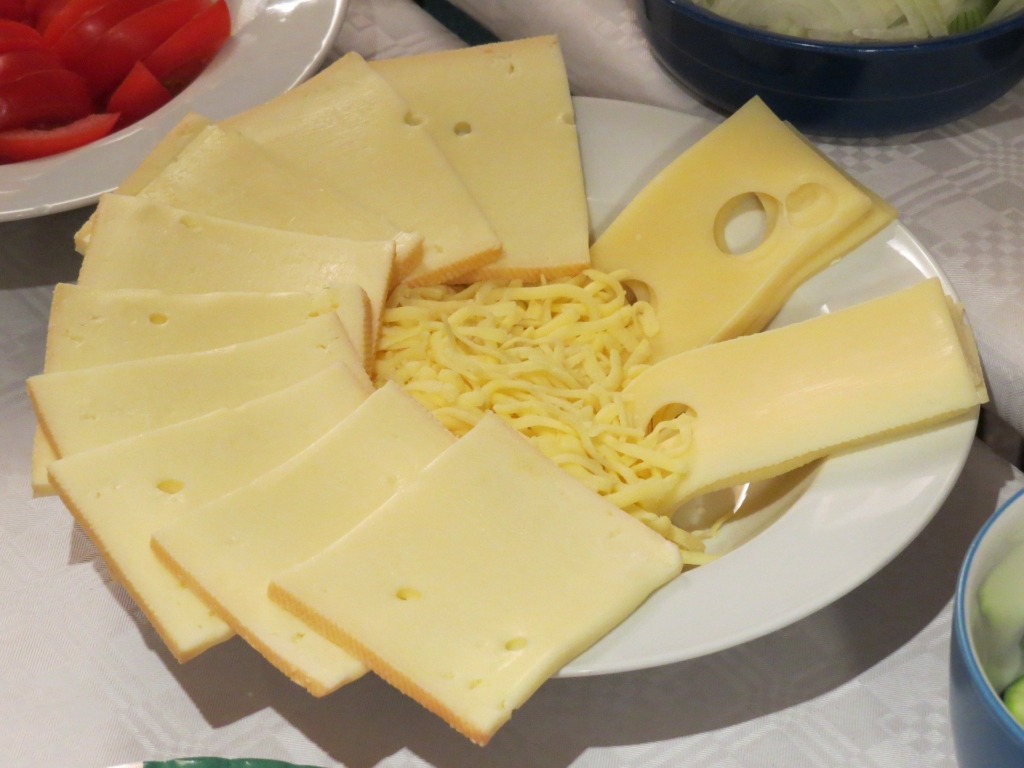Rich and buttery with just the right amount of saltiness and tang, Emmental cheese is a versatile classic that’s just as good on its own as it is in sandwiches, salads, and fondue.
The History of Emmental Cheese
Though Emmental cheese, sometimes known as Emmentaler, was given its official name in the 16th century, the cheese itself has been around since the 1300s, making it the oldest cheese variety in Switzerland. Emmental cheese was named after the Emmental valley in the Swiss region of Bern, where the process of making the cheese originated.
What Does Emmental Cheese Taste Like?
Emmental cheese has a buttery and slightly salty flavor with a fruity acidity at the finish. This delicate flavor profile is supplemented by its sweet and pungent scent.

How Emmental Cheese is Made
To make Emmental cheese, cow’s milk is heated and coagulated to separate the curds and whey. The curds are placed in large wheel molds then brined and ripened for at least 4 months. A mix of bacterias –Streptococcus thermophilus, Lactobacillus helveticus, and Propionibacterium freudenreichii – are used to develop the flavor of the cheese and stimulate its characteristic holes.
Emmental cheese can be categorized into three age profiles. Classic Emmental is aged from 4 to 7 months, reserved Emmental is aged from 8 to 13 months, and Premier Cru is aged for 14 months or more.
As per the EU law, true Emmental cheese must be made with raw milk from cows that have only been fed grass and hay. Additionally, it can only be made with natural ingredients and should have no preservatives or GMOs.
Emmental Cheese Uses

Emmental cheese’s versatile flavor, semi-hard texture, and good melting quality make it an excellent all-around cheese. Melt slices of Emmental in a classic breakfast sandwich or cheesesteak to balance out sharper melting cheeses like cheddar and provolone. Or, shred it cold over cobb salad and chicken caesar salad to add a buttery-cheesy bite. Emmental cheese makes a great fondue or addition to a charcuterie board, bringing creaminess and a hint of salt and acidity when paired with fruits, bread, and cold cuts.




